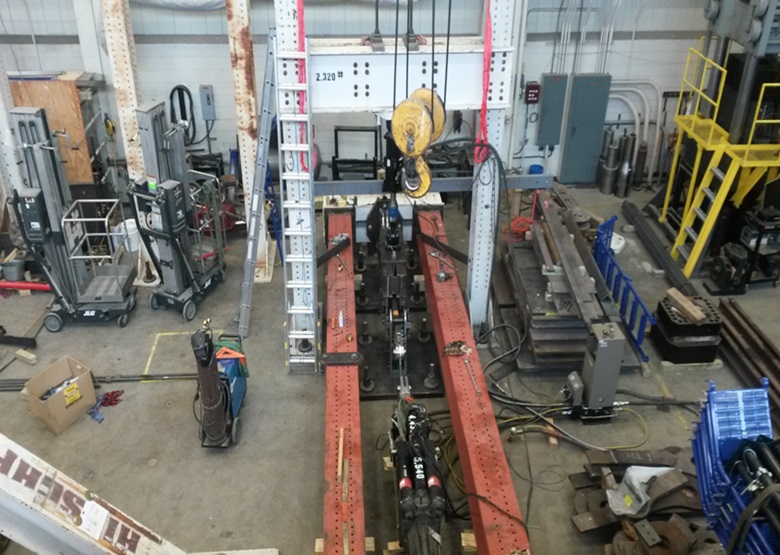It is well known that one of the most significant causes of train derailments within the U.S. is due to rail fracture. Despite this fact, a reliable model for predicting fatigue fracture in rails has not yet been deployed within the U.S. We have recently been developing a multiscale computational algorithm for predicting crack evolution in ductile solids subjected to long-term cyclic loading. In this part of the UTCRS we will perform intricate experiments on rails with internal cracks as a means of both obtaining material properties and validating an advanced computational model under development in our companion proposal entitled Computational Model for Predicting Fracture in Rails Subjected to Long-Term Cyclic Fatigue Loading. Furthermore, with funding provided by MxV, we have recently completed cyclic crack growth experiments on seven bi-axially loaded rails with internal cracks that had previously been in service. We are therefore in this research developing the ability to: a) characterize fracture parameters for deploying our advanced fracture mechanics model; b) utilize these parameters to predict crack growth due to cyclic fatigue in rails; and c) utilize our experimental results obtained over the previous decade of testing to validate our computational predictive methodology. Should this model development prove to be useful, it is our ultimate intention to utilize this new advanced technology as a tool for determining how long rails in which flaws have been detected can be safely retained in service.



